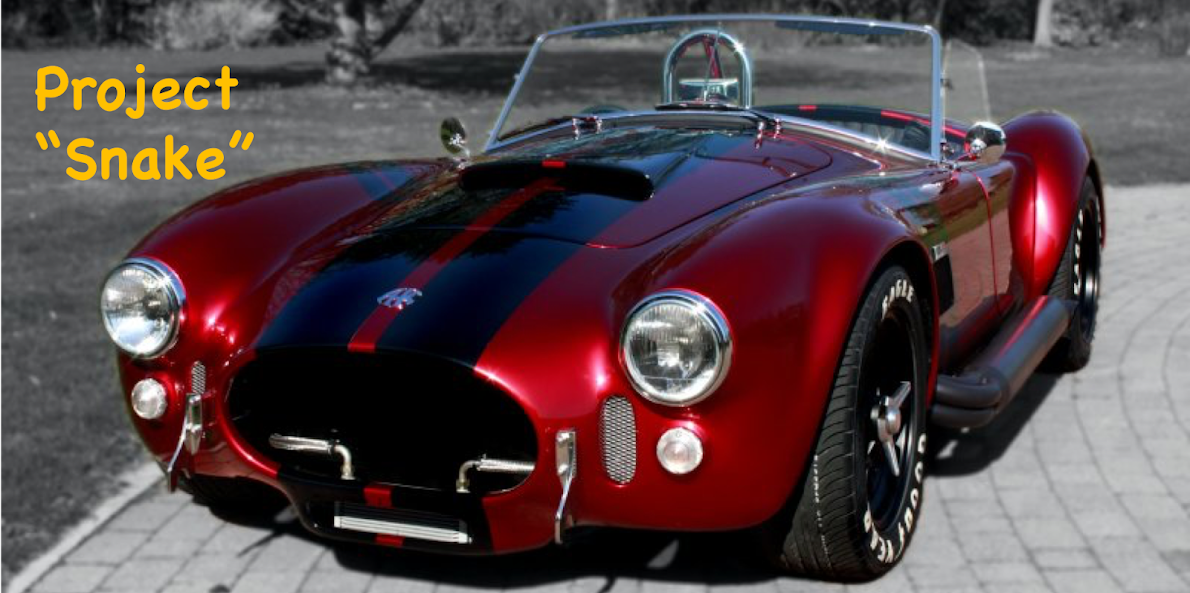Since AK supply new suspension wishbones all round, there is no real need to remove any of the bushes from the front wishbones when stripping down the front suspension.
The only bushed parts that need to be reused are at the rear - being the "pendulum" and the wishbone tie, both of which support the rear lower wishbones and the differential unit.
I had assumed that new bushes would be required all round as a matter of good practice. However as per my post on the rear suspension strip down I discovered that the bushes in the rear wishbone tie are a non-serviceable item (you can no longer buy them either separately or as part of a replacement wishbone tie part), so DO NOT REMOVE THESE BUSHES!!
So the only bushes that I actually need to replace are in the "pendulum" bracket.
 |
| Pendulum bracket |
So what is a bush? In simple terms (?!) it is a sort of vibration isolator found anywhere where there is a joint in the suspension system of a car. They cushion the movement between two solid parts, helping to avoid shocks and vibration and making for a quieter and smoother ride.
The bushes as fitted to the Jag suspension are of the metalastic type, which consists of an inner and outer metal sleeve with an rubber core in-between. They are also an extremely tight fit in whichever part of the suspension they are mounted and typically quite hard to remove, especially in older vehicles once rust and road debris have done their bit!
Although I did not need to remove the bushes from the front wishbones, I decided to have a couple of practice attempts in preparation for the rear pendulum.
I am fortunate enough to have a 10 ton hydraulic press in my garage which I thought would be man enough for the job and indeed on my first attempt one of the front wishbone bushes simply popped out with no problem what so ever. The second attempt was not so successful; having cranked the jack on the press up to what I felt was worryingly close to breaking point, there was no sign of any movement.
Plan B involved using a hole saw with a suitable diameter to cut into the rubber between the two steel sleeves. This allows the removal of the inner sleeve and then using a cold chisel and a large hammer, one end of the outer sleeve can be hammered inwards with freed the remains of the bearing sufficiently that it could be easily removed with the press.
The one draw back of Plan B is that it generates a lot of smoke and covered my working area with little globules of burnt rubber that stick to everything and are a pain to clean up...
 |
| New hole saw (left) - after bush removal (right) |
I also found that all the bushes are slightly different sizes which would require the purchase of a large number of different diameter hole saws. So I needed a Plan C.
In the end Plan C was much the same as Plan A, except that when I reached the point where I thought the press was going to break, I closed my eyes, protected my most valuable body parts, and cranked the jack handle a couple more times!
This generally resulted in an almighty bang - which thankfully was not the press breaking, but the bush shifting in the mounting, after which it pressed out relatively easily.
 |
| A naked bush! |
 |
| Pendulum bracket with all bushes removed |











































